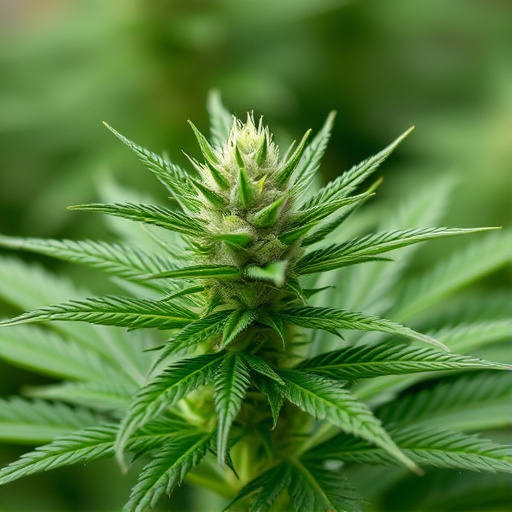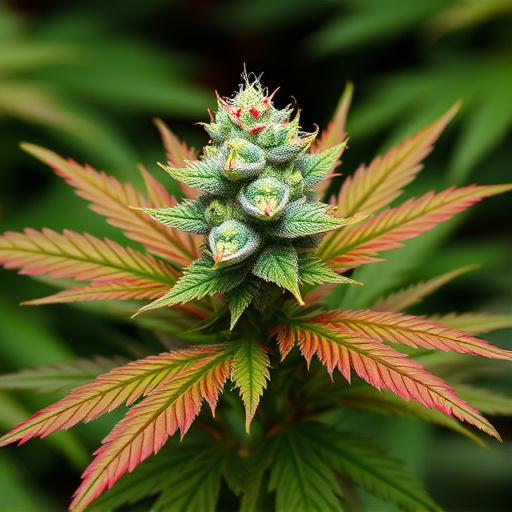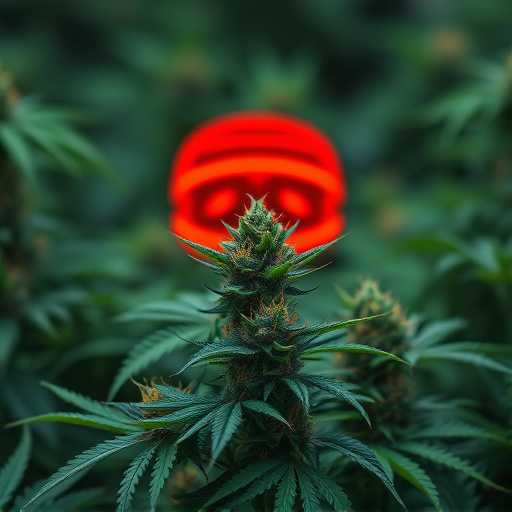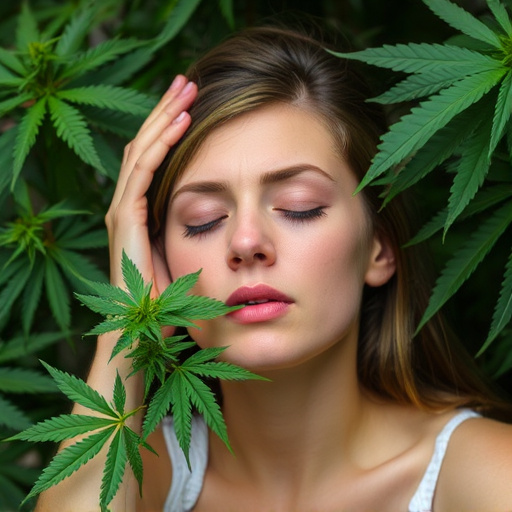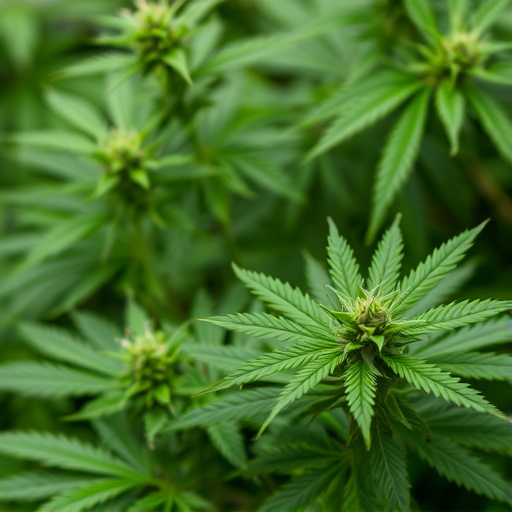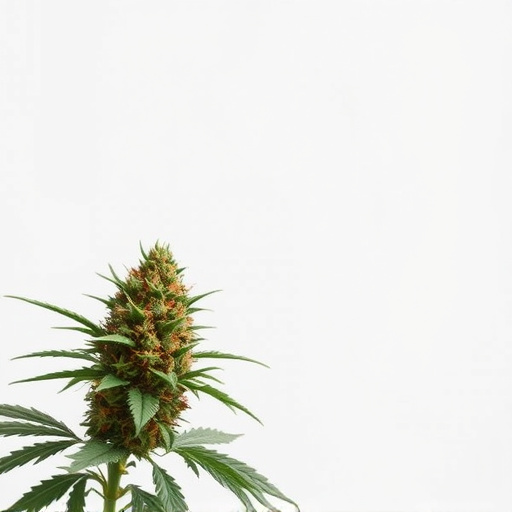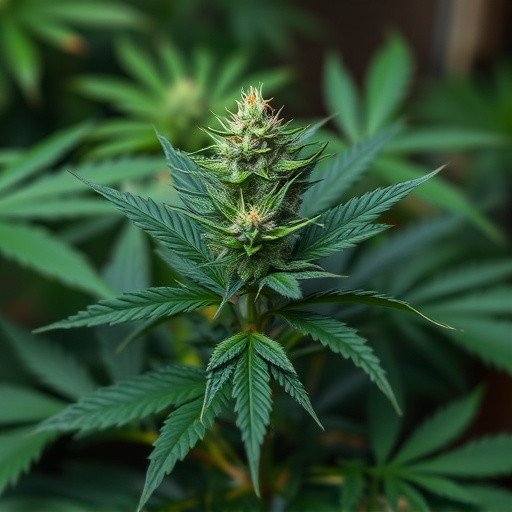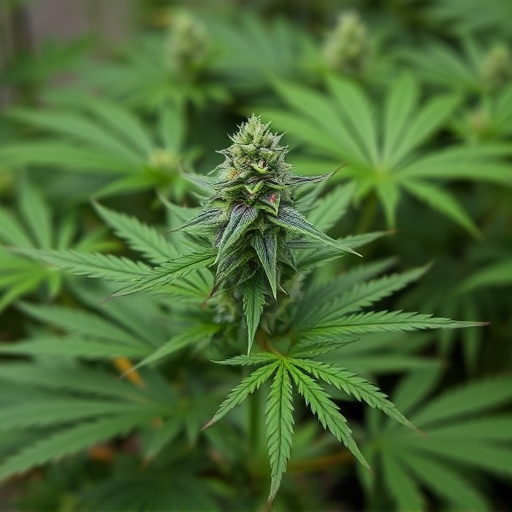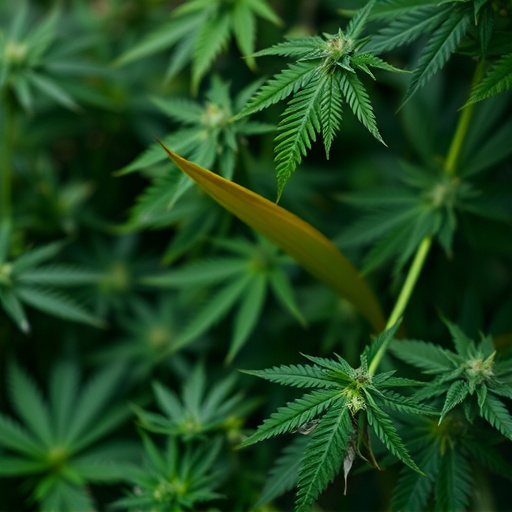Vaporization and burning (smoking) are two distinct methods of consuming cannabis with different health implications. Vaporizers, by heating rather than burning cannabis, offer a cleaner inhalation experience free from harmful byproducts like tar and carbon monoxide, making them a healthier alternative to traditional smoking methods. This is particularly beneficial for users seeking relief from migraines using specific cannabis strains, as vaporization reduces exposure to potentially damaging chemicals while allowing precise temperature control for tailored effects. While smoking carries health risks such as respiratory irritation and lung cancer, the therapeutic properties of cannabis strains for conditions like migraines may outweigh these dangers when consumed responsibly with vaporizers.
In the realm of cannabis consumption, understanding diverse smoking methods is essential, especially when targeting specific ailments. This article delves into the world of cannabis, focusing on a holistic approach to relief. We explore the science behind vaporization versus burning, uncovering health considerations that could redefine your cannabis experience. Furthermore, we illuminate the role of specific cannabis strains in alleviating migraines, shedding light on terpenes and cannabinoids as natural remedies. Additionally, alternative smoking devices and the rising trend of edible consumption offer novel paths for relief.
- Vaporization vs. Burning: The Health Considerations
- – Comparison of vaporizers and traditional smoking methods
- – Health benefits and risks of each method
Vaporization vs. Burning: The Health Considerations
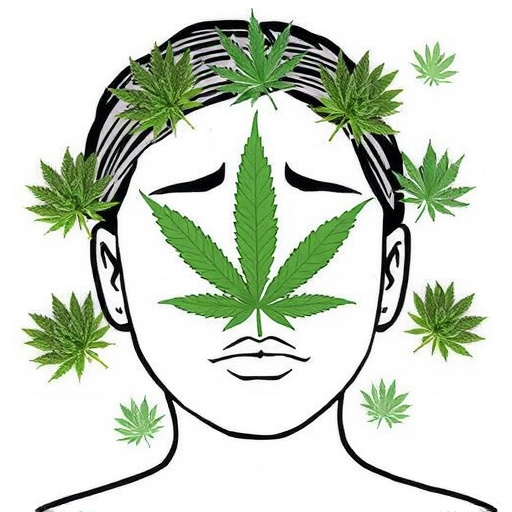
Vaporization and burning are two distinct methods of consuming cannabis, each with its own set of health implications. Vaporization involves heating cannabis to release its active compounds, usually through a device that turns the material into a vapor. This method is often considered healthier because it avoids the combustion process, which produces numerous harmful chemicals, including tar and carbon monoxide. By eliminating these substances, vaporization may be a more appealing option for those looking to alleviate symptoms without exposing themselves to potentially damaging byproducts.
In contrast, burning cannabis involves igniting the plant material, typically through smoking or using a pipe. This method releases a wide range of chemicals, some of which can be harmful to the body’s respiratory system. Smoking cannabis has been linked to various health issues, including respiratory irritation, chronic bronchitis, and an increased risk of lung cancer in those with a history of tobacco use. However, it’s worth noting that for individuals seeking relief from migraines or other conditions using cannabis strains known for their therapeutic properties, the potential benefits may outweigh these risks when consumed responsibly and in accordance with local regulations.
– Comparison of vaporizers and traditional smoking methods

Vaporizers have emerged as a popular alternative to traditional smoking methods, offering several advantages when it comes to consuming cannabis, especially for those seeking relief from migraines. Unlike burning tobacco or cannabis in traditional joints or pipes, vaporizers heat the herb to release its active compounds without combusting it. This process produces a cleaner, more purified form of inhalation, eliminating many of the harmful byproducts associated with smoke.
When comparing vaporizers to traditional smoking methods for migraine relief, users often appreciate the lack of harsh chemicals and irritants in the vapor. This can lead to a milder and more pleasant experience, reducing potential side effects that may be exacerbated by smoking. Moreover, vaporizers allow for precise temperature control, enabling individuals to optimize their cannabis consumption for specific effects, including pain relief. This level of customization is often not achievable with traditional smoking methods, making vaporizers an attractive option for those looking to manage migraines using cannabis strains.
– Health benefits and risks of each method
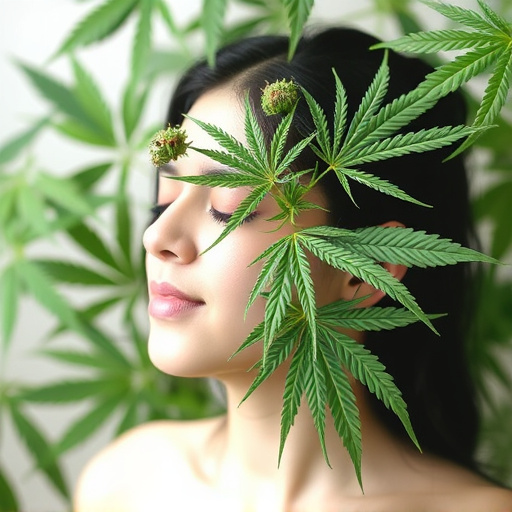
When comparing different smoking methods, understanding their unique health implications is key. Vaporization, for instance, offers a safer alternative to traditional smoking by heating cannabis instead of burning it, thus reducing exposure to harmful chemicals and tar. This method is particularly beneficial for those using cannabis strains for migraines or other medical conditions, as it can provide relief while minimizing the risk associated with smoke inhalation.
In contrast, smoking cannabis through joints or pipes involves combustion, which generates a range of potentially harmful compounds, including carcinogens. While some advocate for the ritualistic aspects and full-spectrum experience of traditional smoking, the health risks cannot be overlooked. As such, individuals opting for cannabis strains for migraines or other therapeutic purposes may want to consider vaporization as a more health-conscious approach, balancing potential benefits with reduced exposure to toxic substances.
When comparing different smoking methods, particularly vaporization versus burning, it’s evident that choosing a healthier alternative can significantly impact well-being. Vaporizers offer a safer option by avoiding the combustion process, thus reducing exposure to harmful chemicals and tar. This is especially relevant for individuals seeking relief from conditions like migraines, as cannabis strains known for their anti-inflammatory properties can be effectively administered through vaporization. By opting for advanced smoking methods, users can enjoy the therapeutic benefits of cannabis while minimizing potential health risks associated with traditional burning techniques.


